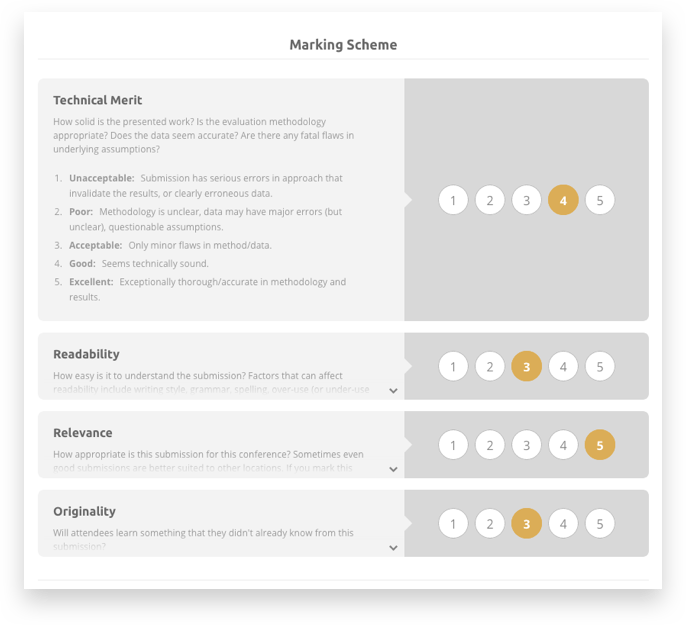Peer reviewing is used in conferences around the world. There are three types of reviewing commonly carried out in a conference setting; open reviewing, single-blind peer review and double-blind.
In this post, we will discuss the elements of double-blind peer review.
Definition of double-blind peer review
Double-blind peer review means the identity of both the author and reviewer is kept hidden. If the authors’ identity is unknown to the reviewer, it will prevent the reviewer from forming any bias. There are advantages and disadvantages associated with double-blind reviewing – here are some of the more common ones.
Advantages of double-blind review
In a study carried out by the Publishing Research Consortium (PRC), it was found that out of 3,000 academics asked, 71% said they have confidence in double-blind peer review, while 56% prefer it over any other form of reviewing. The fact that the people writing and reviewing papers are in favour of double-blind peer review is positive.
Since the reviewer does not know who wrote the abstract, they cannot be influenced by their standing within a research community or even gender. Sometimes it can be difficult to write a bad review (even if justified) on someone who is well-known within a particular sector. By having a double-blind review, it eliminated this happening.
It is no secret that gender bias still remains in reviewing. An experiment was carried out by Trends in Ecology and Evolution on the Behavioural Ecology journal over two periods – 1997 to 2000 (when single-blind was used), and 2002-2005 (when double-blind was implemented). Over the two periods, it was found that there was a 7.9% increase in the amount of papers published by female first authors when double-blind reviewing was introduced. This figure is hugely significant, and only heightens the importance of double-blind peer review.
Disadvantages of double-blind review
The biggest argument is that double-blind peer reviewing is not really blind after all. With some research sectors being so small, it is very easy to have an educated guess of who the author is. When an author is trying to make a point in their research, they may self-reference from previous work they have written, and in some cases it is becomes obvious who the author is. To ensure it is totally blind, an author would have to remove all references to themselves and their work in the abstract, which could ruin the research of the paper.
Like all the reviewing types, there are benefits and drawbacks to double-blind peer review. The jury is still out on whether it will surpass the most common form (single-blind) in the near future, but it is heading in the right direction. We have also analysed whether open reviewing is the way forward here.
The importance of a user-friendly workspace for reviewers

Don’t forget that, no matter if you choose double- or single-blind peer review, if you’re asking your reviewers to use peer review software that’s confusing or frustrating, there’s a good chance you won’t get the best from them. So make sure you use user-friendly peer review software like Ex Ordo.
